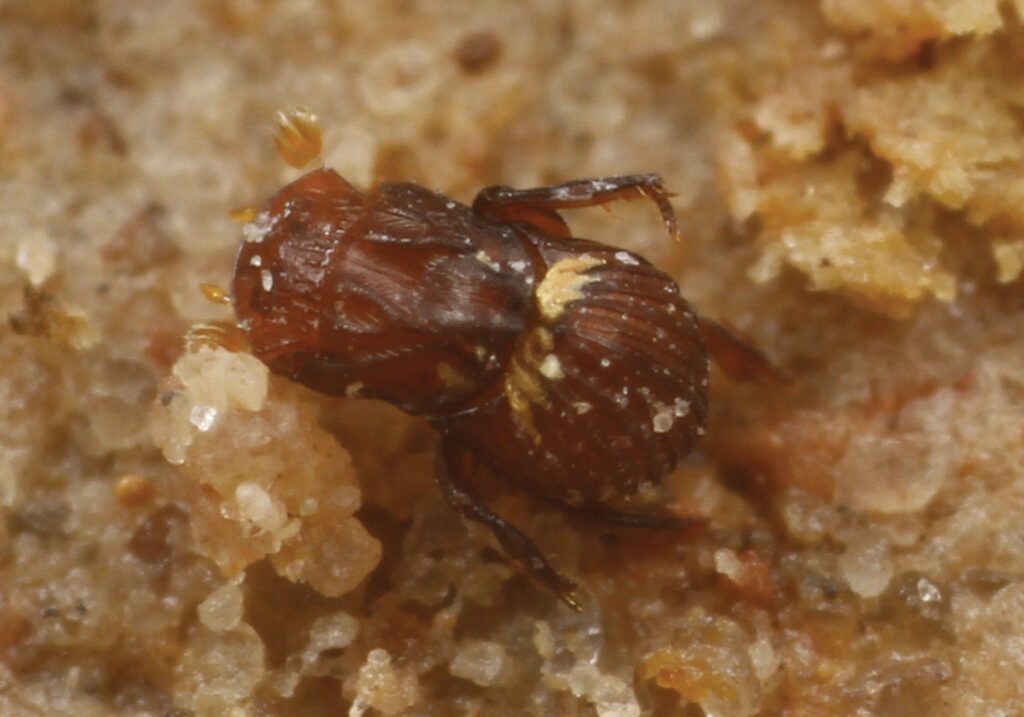Imagine millions of blind, hungry termites tending to their fortress-like colony, their powerful mandibles ready to tear apart any intruder. Yet somewhere within these heavily guarded walls, a tiny beetle moves freely among them, completely undetected. This remarkable creature has cracked one of nature’s most sophisticated security systems, living as a permanent guest in what should be its certain death trap. The story of these mysterious beetles reveals one of the most extraordinary examples of biological deception ever discovered.
The Masters of Deception
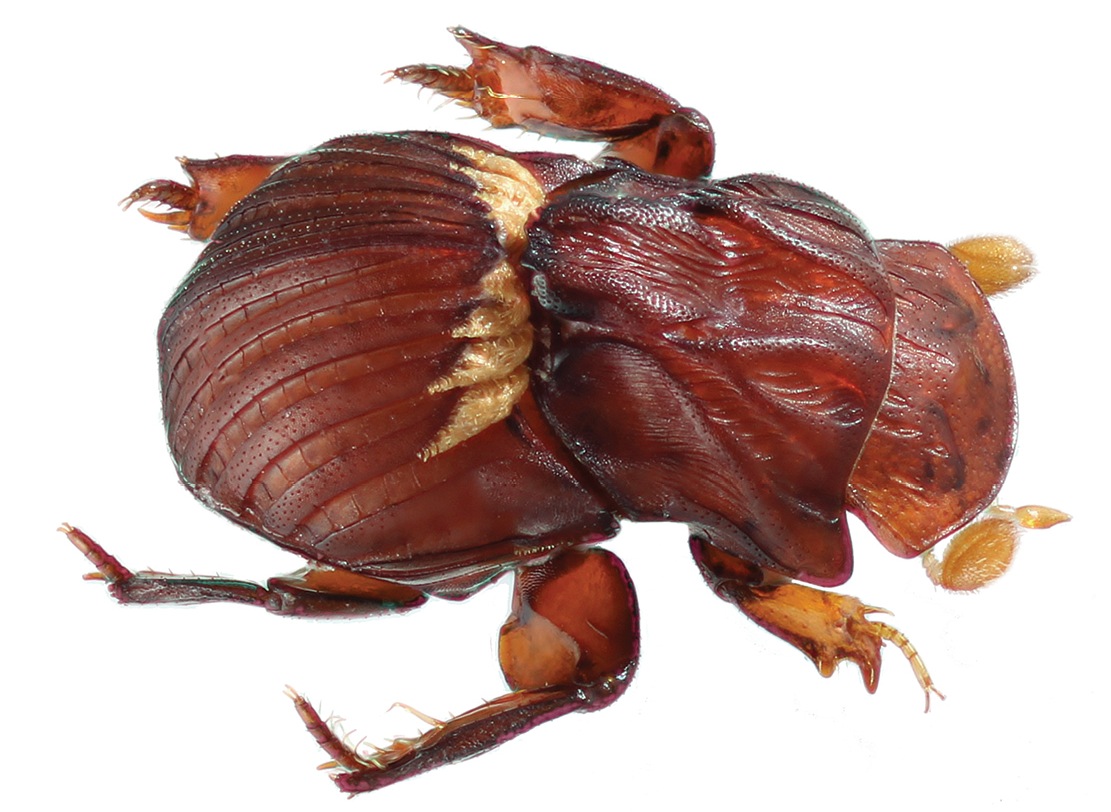
Termitophilous beetles represent one of nature’s most sophisticated con artists, having evolved an incredible ability to infiltrate and thrive within termite colonies. These tiny imposters belong to various beetle families, with the most famous being members of the Staphylinidae family, commonly known as rove beetles.
What makes these beetles truly remarkable is their complete integration into termite society. They don’t just survive as hidden stowaways – they actively participate in the colony’s daily life. The beetles have evolved to mimic termite behavior so perfectly that they’re treated as honorary family members by their hosts.
Chemical Camouflage
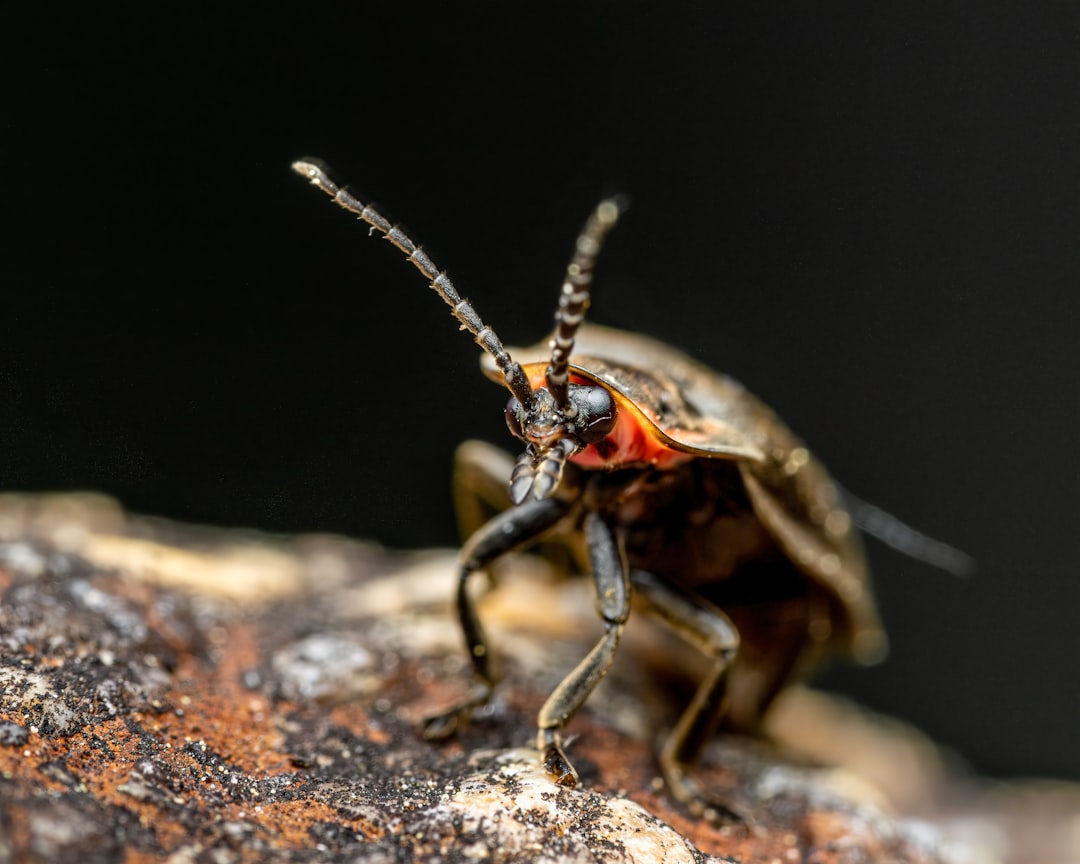
The secret to their success lies in an extraordinary form of chemical mimicry that would make any spy jealous. These beetles produce the exact same chemical compounds that termites use to recognize their nestmates. It’s like having a perfect fake ID that’s impossible to detect.
Scientists have discovered that these beetles can actually absorb and replicate the colony’s unique chemical signature. They literally smell like termites to other termites. This chemical camouflage is so sophisticated that even the most vigilant termite soldiers can’t tell the difference.
The beetles don’t just copy one scent – they adapt their chemical profile to match different castes within the colony. Some can even switch between smelling like workers, soldiers, or reproductive individuals depending on the situation.
Physical Transformations
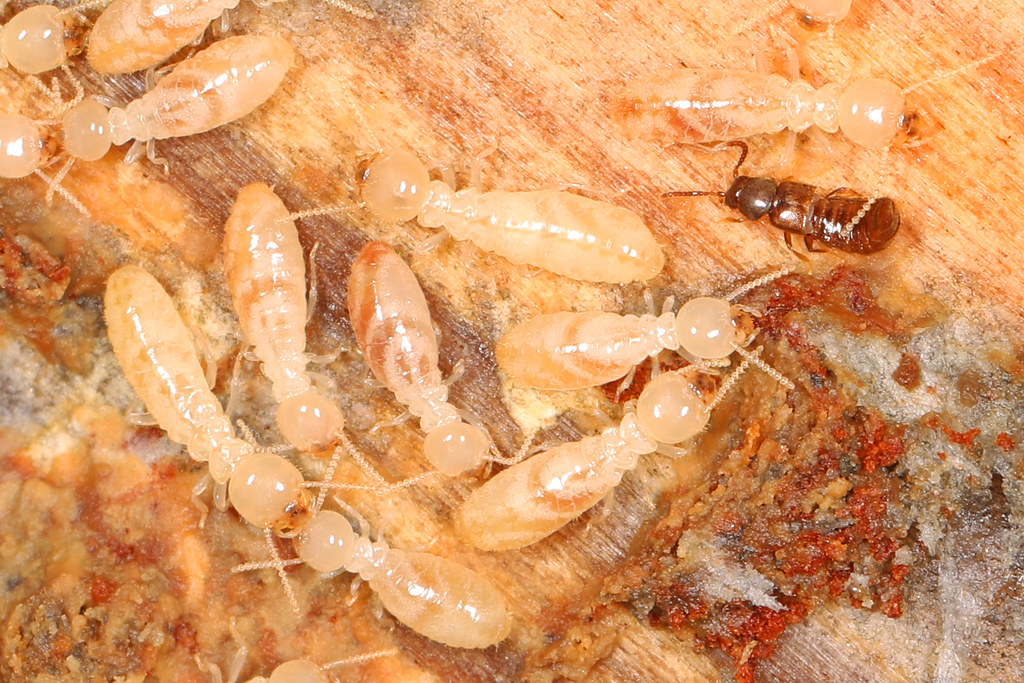
Beyond their chemical disguises, these beetles have undergone remarkable physical adaptations that help them blend in seamlessly. Many species have evolved body shapes and sizes that closely match their termite hosts. Their exoskeletons often mimic the pale, soft appearance of termite workers.
Some beetles have developed specialized body structures that make them nearly indistinguishable from termites at first glance. Their movements have also evolved to match the characteristic scurrying behavior of their hosts. These physical adaptations work in perfect harmony with their chemical camouflage to create an almost unbreakable disguise.
The Art of Begging
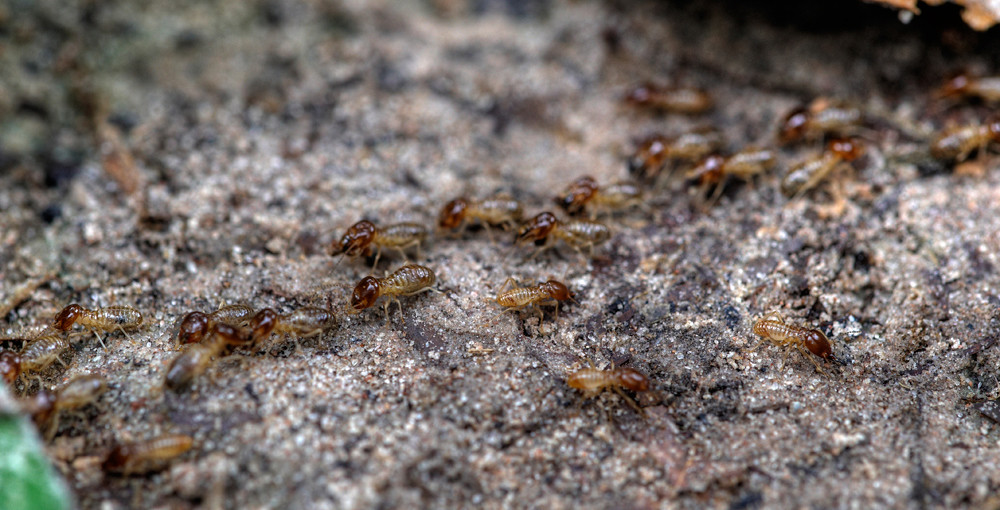
Perhaps most fascinating is how these beetles have learned to exploit termite feeding behaviors. Many termite species share food through a process called trophallaxis, where they regurgitate partially digested food to feed their nestmates. The beetles have mastered this social ritual, positioning themselves to receive free meals directly from their unwitting hosts.
The beetles use specific body postures and antenna movements that trigger the termites’ feeding response. They’ve essentially learned to speak the termite language of hunger and need. This behavior is so convincing that termite workers will actively seek out these beetles to feed them, treating them like beloved colony members.
Living Nursemaids
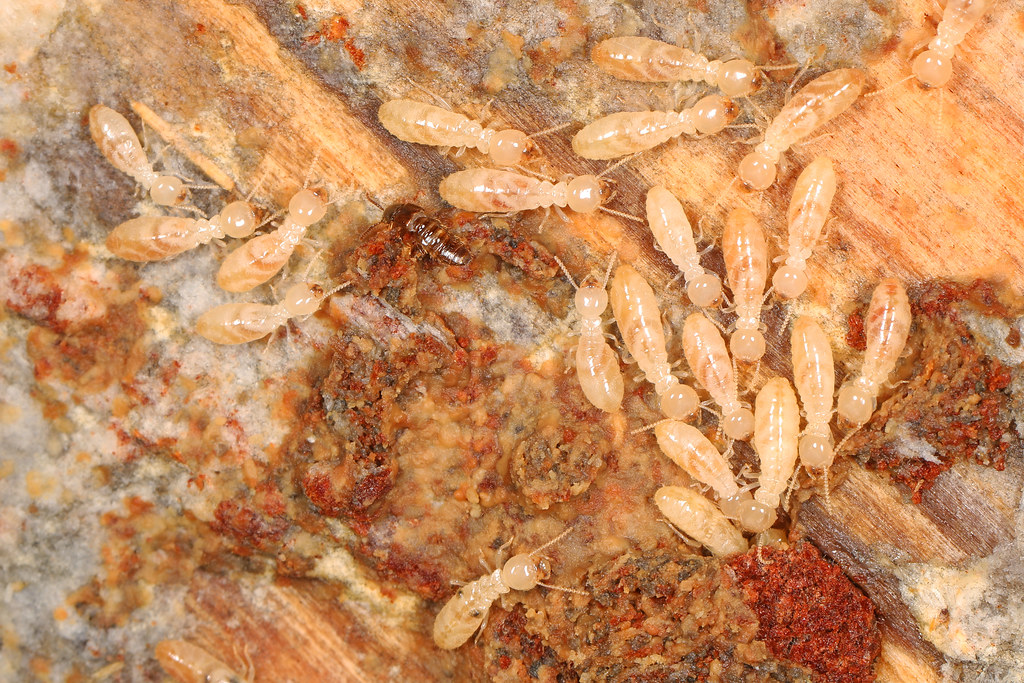
In some species, the relationship goes even deeper than simple food sharing. Certain beetles have evolved to mimic termite larvae or nymphs, triggering the powerful parental instincts of worker termites. These beetles receive the same care and attention as the colony’s own young, being groomed, fed, and protected by their adoptive termite families.
The beetles’ ability to exploit parental care represents one of the most sophisticated examples of social parasitism in the animal kingdom. They’ve learned to hijack the very emotions and instincts that hold termite society together. This strategy is so effective that some beetles spend their entire life cycles being pampered by their termite hosts.
Evolutionary Arms Race
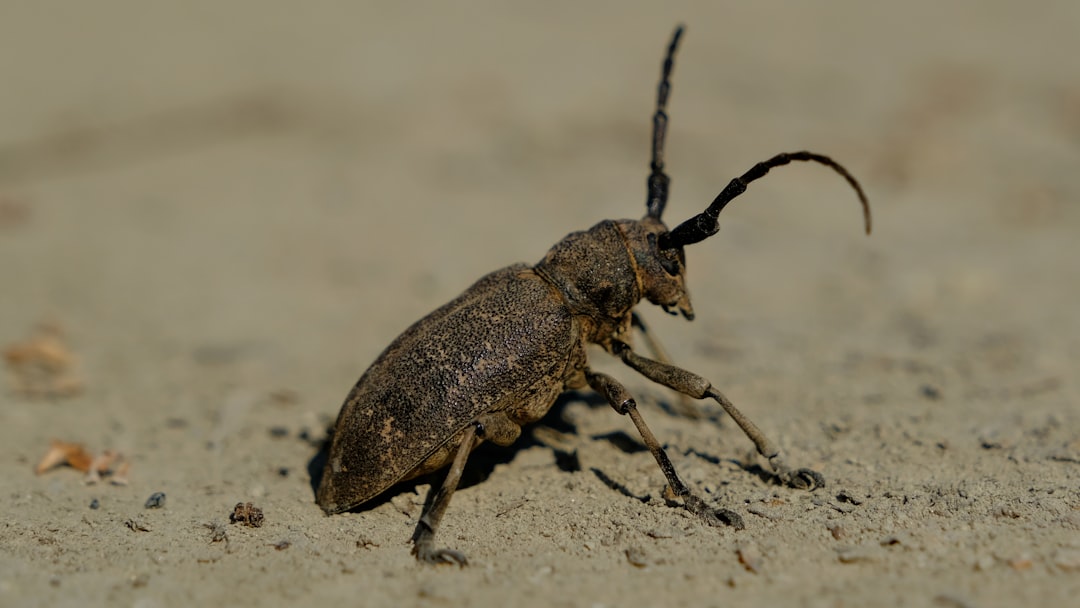
The relationship between these beetles and termites represents millions of years of evolutionary warfare. As termites developed better defenses and recognition systems, the beetles evolved even more sophisticated disguises and behaviors. This ongoing arms race has produced some of the most remarkable examples of adaptation in nature.
Interestingly, different beetle species have evolved different strategies for the same goal. Some focus on perfect chemical mimicry, while others rely more on behavioral deception. This diversity of approaches shows just how many ways evolution can solve the same problem.
The arms race continues today, with new species of termitophilous beetles still being discovered. Each new discovery reveals another ingenious solution to the challenge of living undetected in a termite colony.
Global Distribution

These remarkable beetles can be found on every continent where termites exist, from tropical rainforests to temperate woodlands. Australia alone hosts dozens of species, each perfectly adapted to different termite hosts. African savannas harbor some of the most diverse communities of termitophilous beetles, with some termite colonies hosting multiple beetle species simultaneously.
The global distribution of these beetles reflects the universal appeal of termite colonies as secure, food-rich environments. Wherever termites have evolved complex social structures, beetles have found ways to exploit them. This worldwide pattern suggests that the beetle-termite relationship is not just successful but inevitable.
Species Diversity
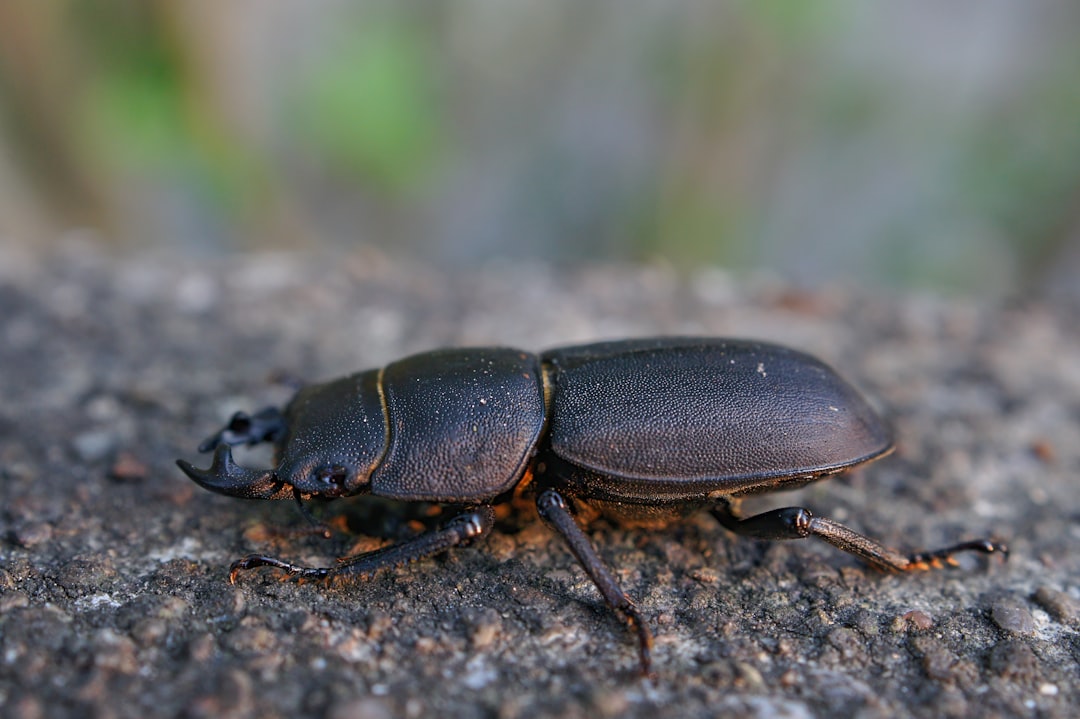
Scientists have identified over 1,000 species of termitophilous beetles, and new species are discovered regularly. This incredible diversity reflects the specialized nature of these relationships – most beetle species are adapted to live with specific termite hosts. The variety of shapes, sizes, and behaviors among these beetles is staggering.
Some species are so specialized that they can only survive with a single termite species. Others are more generalist, capable of infiltrating multiple termite colonies. This spectrum of specialization has led to an evolutionary explosion of beetle diversity that continues to amaze researchers.
The naming of these species often reflects their remarkable abilities. Scientific names frequently reference their mimetic abilities or their relationships with specific termite hosts, creating a taxonomic record of one of nature’s most successful deception strategies.
Life Cycle Mysteries
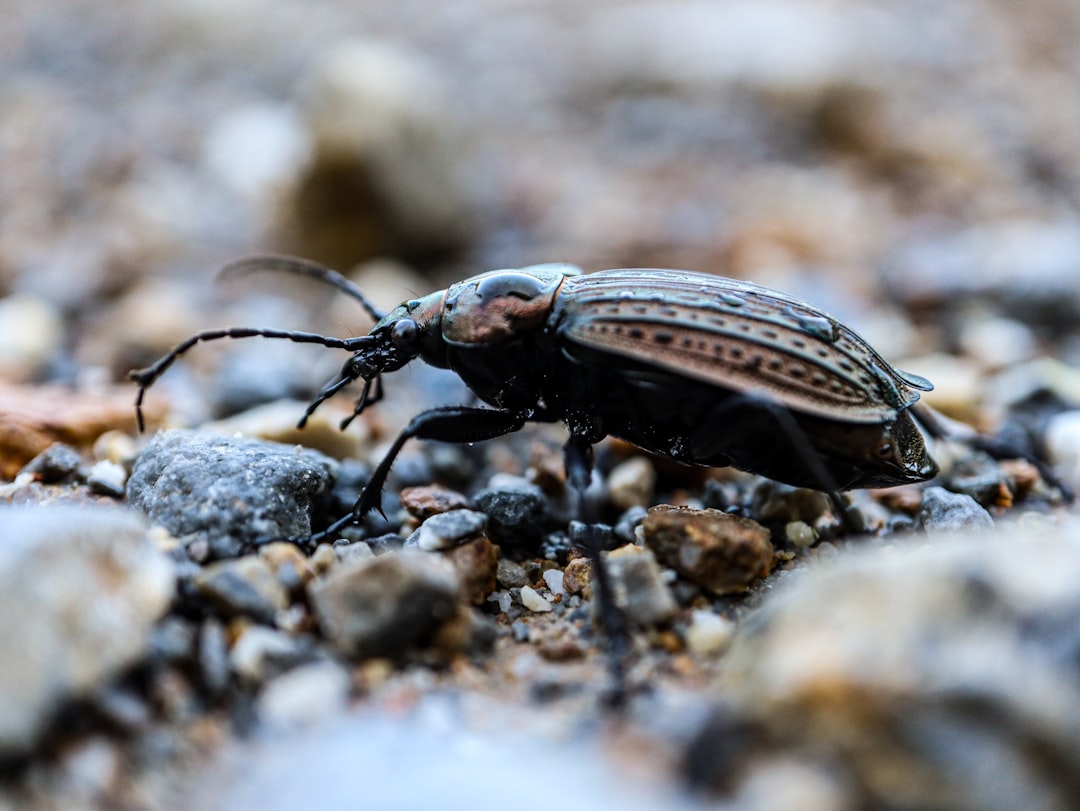
The life cycles of termitophilous beetles add another layer of complexity to their already remarkable story. Many species complete their entire development within termite colonies, from egg to adult. The beetles must somehow ensure their eggs are accepted by the colony and their larvae receive proper care.
Some beetles have evolved to lay their eggs in areas where termites deposit their own eggs, essentially sneaking their offspring into the colony nursery. Others have developed chemical signals that convince termites to care for beetle larvae as if they were their own young. These reproductive strategies require perfect timing and flawless execution.
The transition from larva to adult presents unique challenges, as the beetles must maintain their disguise throughout metamorphosis. This process often involves dramatic changes in body chemistry and behavior, all while remaining undetected by their hosts.
Ecological Impact

While these beetles might seem like simple parasites, their ecological role is far more complex. Many species actually provide benefits to their termite hosts, creating a more balanced relationship than pure exploitation. Some beetles help clean the colony by consuming dead termites and waste materials.
Other species may provide protection against true parasites or pathogens that could harm the colony. The beetles’ presence can actually strengthen the colony’s immune system by removing potential disease vectors. This mutualistic aspect of the relationship shows how parasitism can evolve into cooperation over time.
The ecological impact extends beyond individual colonies. These beetles play important roles in nutrient cycling and ecosystem health, helping to break down organic matter and redistribute nutrients throughout forest ecosystems.
Research Challenges
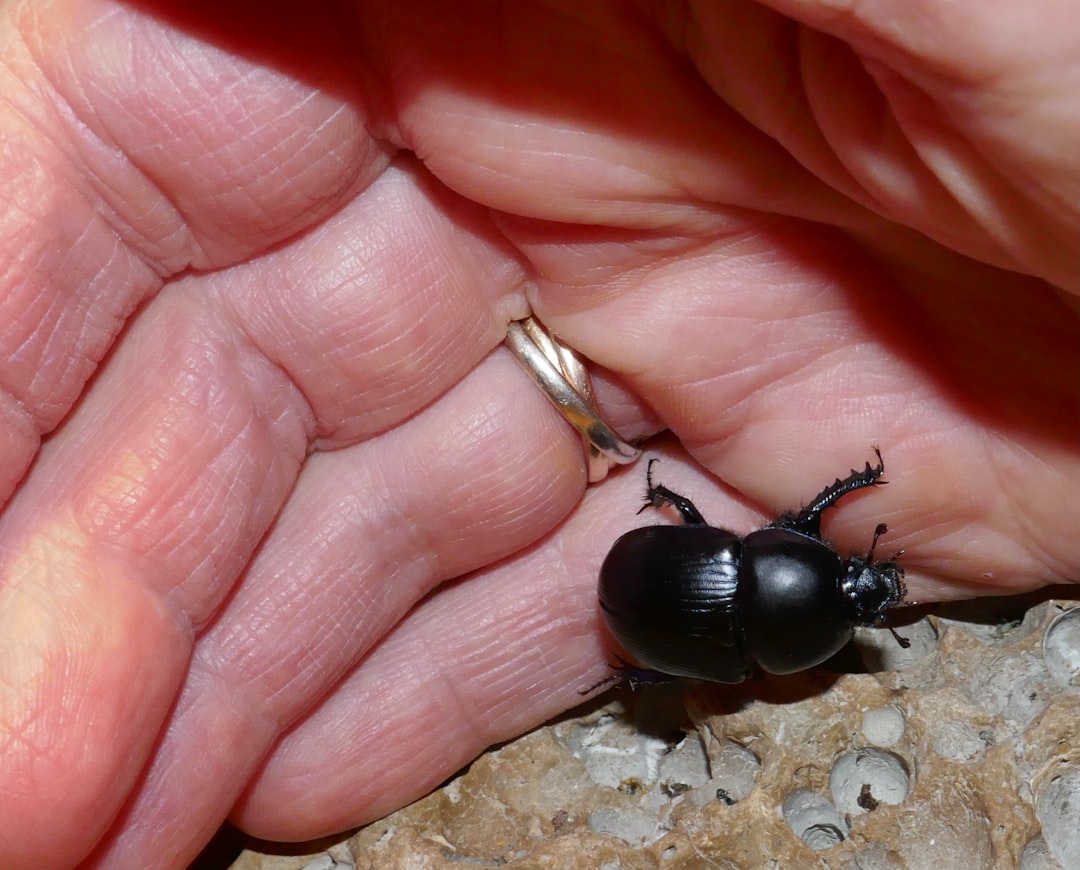
Studying termitophilous beetles presents unique challenges for researchers. The beetles are often small, cryptic, and difficult to observe without disturbing their delicate relationships with termite hosts. Many species have never been observed alive outside their termite colonies.
Traditional collection methods often fail because removing beetles from their colonies usually results in their death. Researchers have had to develop innovative techniques to study these creatures in their natural habitats. Some studies require months of patient observation to document even basic behaviors.
The chemical complexity of beetle-termite interactions requires sophisticated analytical equipment to understand. Researchers must identify and analyze dozens of chemical compounds to understand how these relationships work. This research has revealed new insights into chemical communication throughout the animal kingdom.
Conservation Concerns

As termite habitats face increasing pressure from human activities, termitophilous beetles face unique conservation challenges. These beetles cannot survive without their termite hosts, making them particularly vulnerable to habitat destruction. The loss of old-growth forests threatens both termites and their beetle guests.
Climate change poses additional threats, as rising temperatures and changing precipitation patterns affect termite colony stability. Some beetle species may be unable to adapt quickly enough to changing conditions within their host colonies. The specialized nature of these relationships makes them particularly fragile.
Conservation efforts must consider the entire ecosystem, protecting not just individual species but the complex relationships that bind them together. This holistic approach is essential for preserving one of nature’s most remarkable examples of coevolution.
Future Discoveries
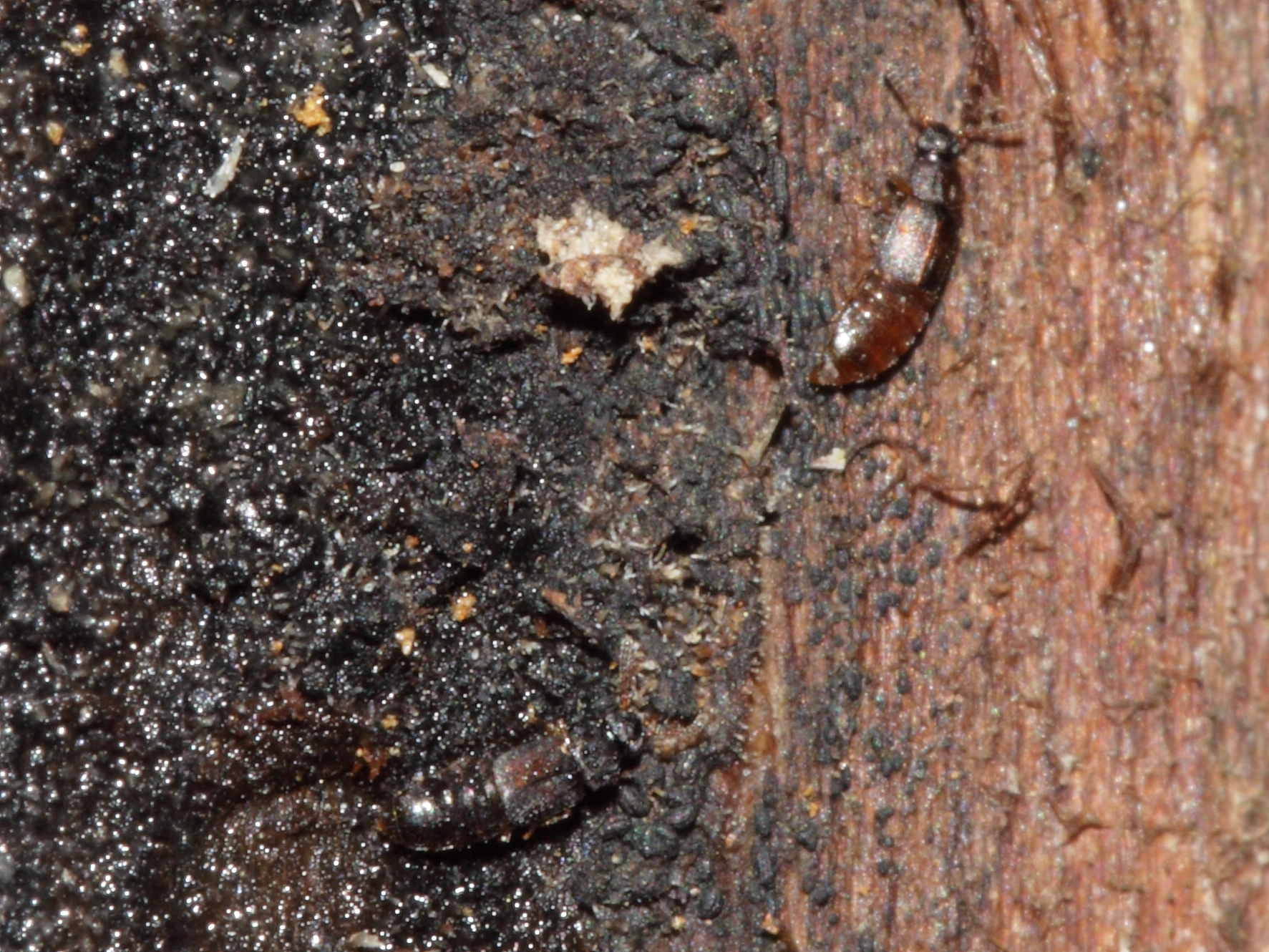
The study of termitophilous beetles continues to reveal new insights into evolution, behavior, and ecology. Advances in chemical analysis and genetic sequencing are opening new windows into these remarkable relationships. Scientists are discovering that the molecular mechanisms underlying beetle-termite interactions are even more complex than previously imagined.
New species are being discovered regularly, particularly in tropical regions where termite diversity is highest. Each new discovery adds to our understanding of how these relationships evolve and diversify. Some recently discovered species show behaviors and adaptations that challenge our existing understanding of social parasitism.
The potential applications of this research extend beyond basic science. Understanding how these beetles achieve chemical mimicry could lead to new approaches for pest control or biomimetic technologies. The study of these relationships continues to inspire innovations in fields ranging from robotics to materials science.
Conclusion
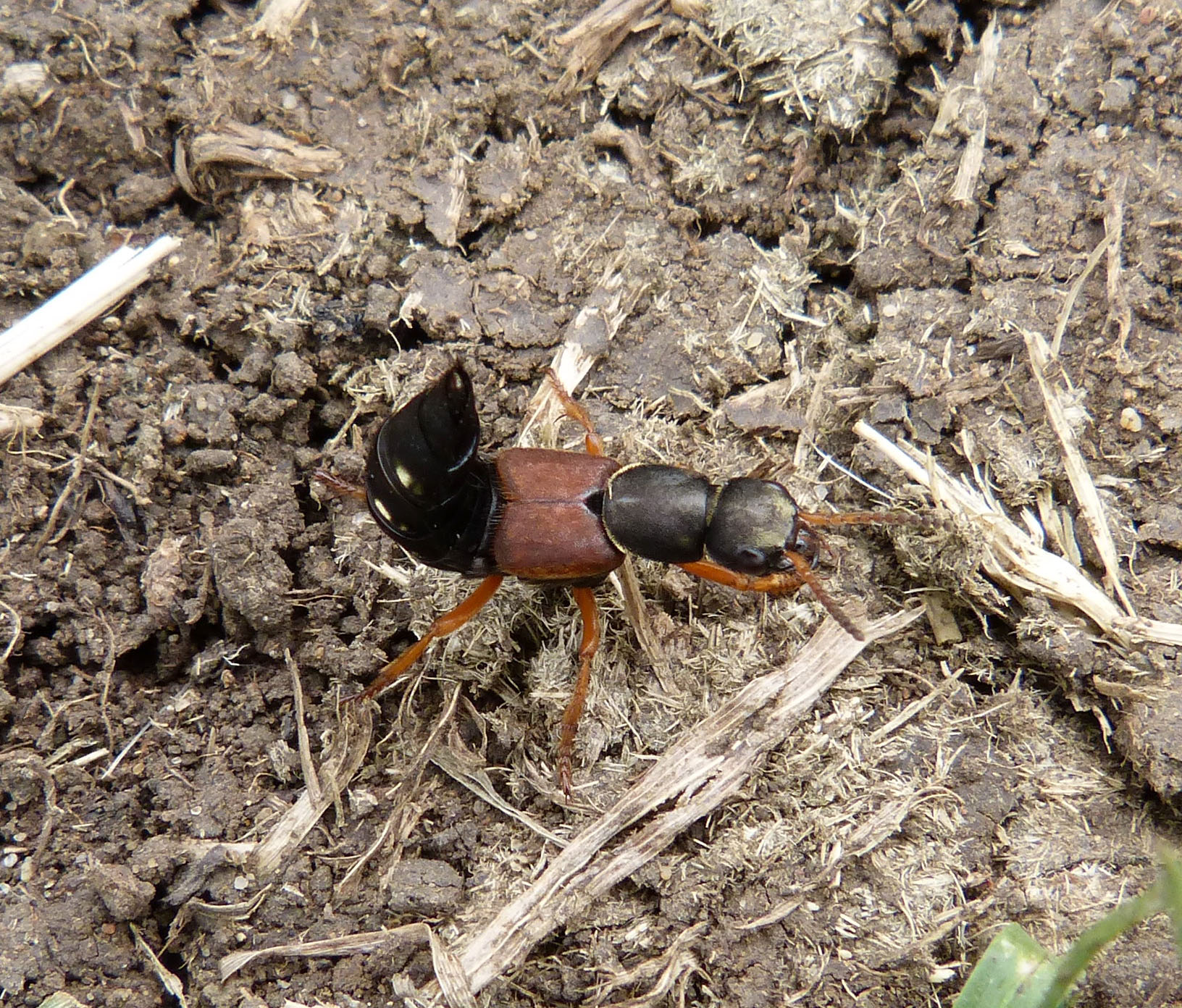
The story of termitophilous beetles represents one of evolution’s most sophisticated solutions to the challenge of survival in a hostile world. These remarkable creatures have turned the termite’s greatest strength – their unity and cooperation – into their own advantage. Through millions of years of evolution, they’ve perfected the art of deception to such a degree that they’ve become indistinguishable from their hosts.
Their success demonstrates the incredible power of adaptation and the endless creativity of natural selection. These beetles have not only survived but thrived in one of nature’s most challenging environments. Their story reminds us that in the natural world, the most successful strategies often involve cooperation rather than conflict.
The relationship between these beetles and their termite hosts continues to evolve, promising new discoveries and insights for generations of researchers to come. What other secrets might these tiny masters of deception still be hiding in the depths of their termite fortresses?

